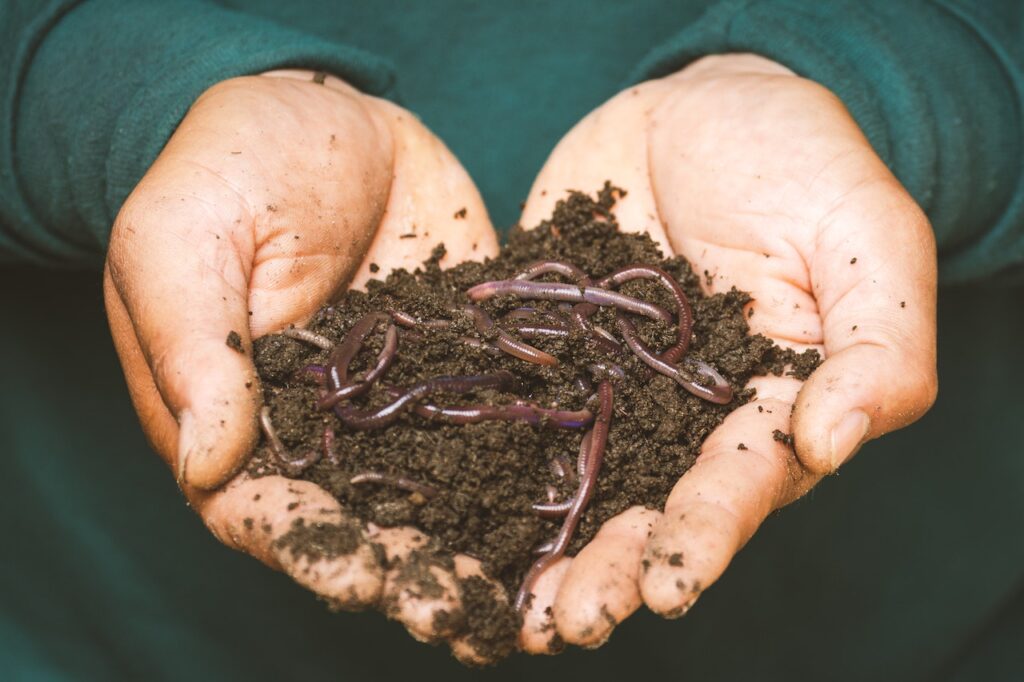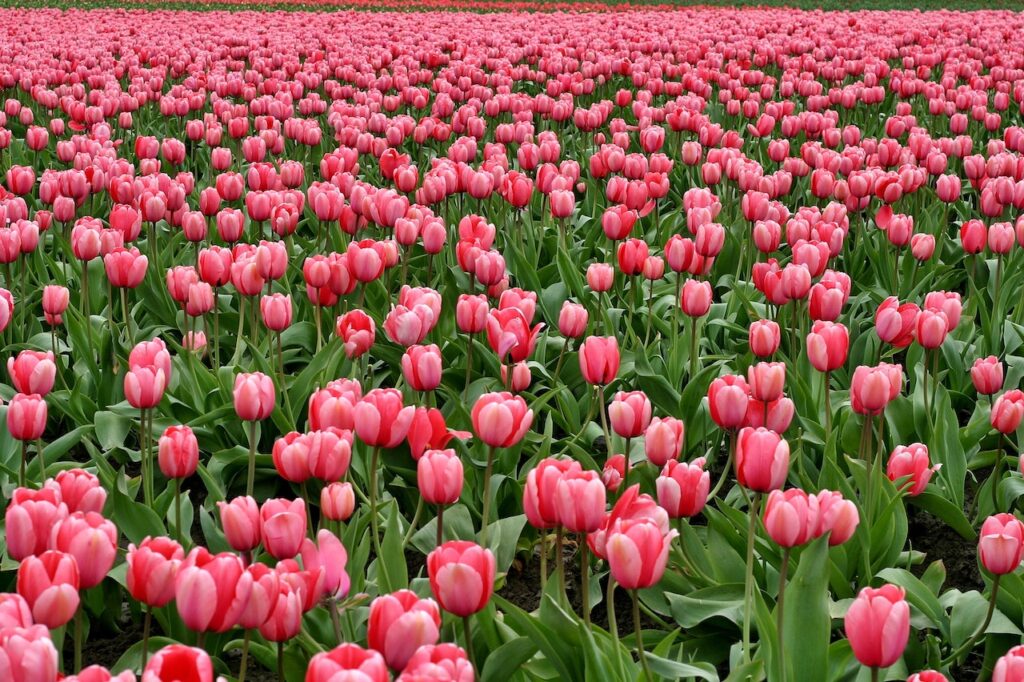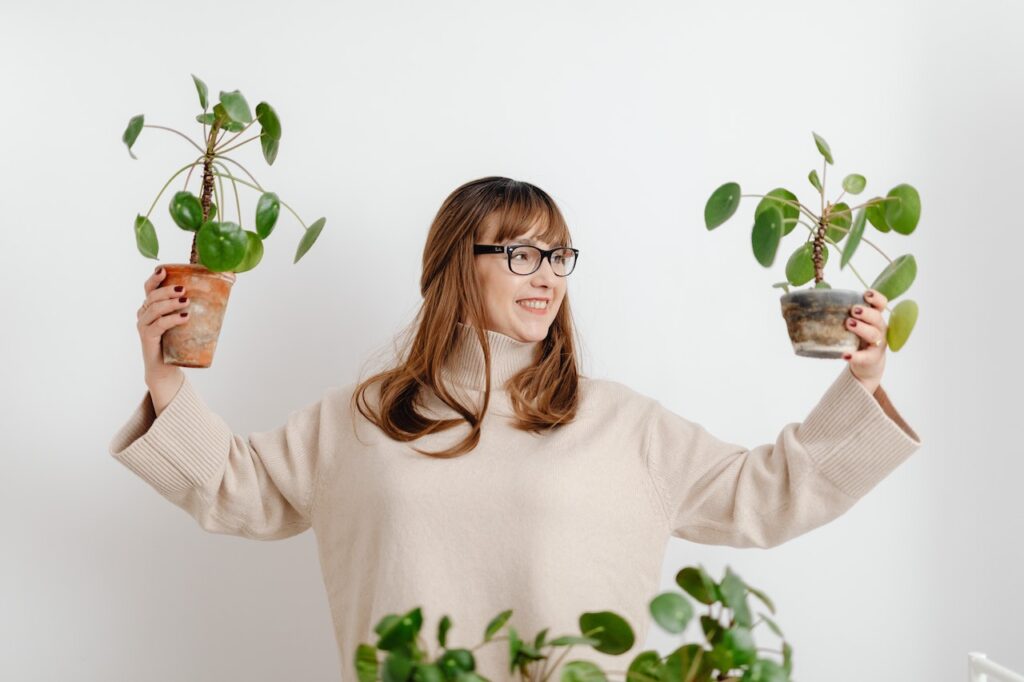Welcome to the world of indoor gardening! If you’re reading this, it’s probably because you’re interested in taking care of your indoor plants and helping them thrive. One of the most important aspects of plant care is Fertilizing. In this blog, we’ll discuss the importance of plant fertilizers, provide recommendations on the types of fertilizers to use and how often to use them, and cover the pros and cons of organic and inorganic fertilizers.
Why is fertilizing important for indoor plants?
Indoor plants rely on us for everything they need to grow and flourish. Unlike outdoor plants, indoor plants don’t have access to the natural nutrients found in soil. Therefore, it’s crucial to provide them with a steady supply of nutrients in the form of fertilizer. Fertilizer helps plants grow faster, produce more flowers or foliage, and stay healthy.
Types of Plant Fertilizers
When it comes to choosing a fertilizer for your indoor plants, there are two main types: Organic and Inorganic. Let’s take a look at each type and their pros and cons.
Organic fertilizers
Organic fertilizers are made from natural sources, such as bone meal, fish emulsion, and compost. They are a popular choice for those who prefer natural, chemical-free options. One of the benefits of organic fertilizers is that they release nutrients slowly, providing a long-lasting source of food for your plants. They also improve soil health and can help retain moisture.
However, organic fertilizers can have a strong odor, and they may attract insects or rodents if not stored properly. They also tend to be more expensive than inorganic fertilizers.
Inorganic fertilizers
Inorganic fertilizers, also known as synthetic or chemical fertilizers, are made from synthetic materials, such as Ammonium Nitrate and Potassium Chloride. They are often less expensive than organic fertilizers and can provide a quick boost of nutrients to your plants.
However, inorganic fertilizers can be harmful to the environment if used in excess, as they can leach into water sources and cause pollution. They also don’t improve soil health and can lead to a buildup of salts in the soil, which can be harmful to plants.
How often should you use Plant Fertilizers?
The frequency of fertilizing your indoor plants depends on the type of fertilizer you’re using and the type of plant you have. Generally, most indoor plants should be fertilized every 2-4 weeks during the growing season (spring and summer) and every 6-8 weeks during the dormant season (fall and winter).
However, be careful not to over-fertilize your plants, as this can cause more harm than good. Over-fertilization can lead to burned roots, stunted growth, and even death. Always follow the instructions on the fertilizer packaging, and if in doubt, err on the side of caution and fertilize less rather than more.
Choosing the right Plant Fertilizers
When choosing a fertilizer for your indoor plants, there are a few things to keep in mind:
- Choose a fertilizer that is specifically formulated for indoor plants. These fertilizers will have the right balance of nutrients that your plants need to grow and thrive.
- Consider the type of plant you have. Some plants, like succulents and cacti, require less fertilizer than others. Research the specific needs of your plant before choosing a fertilizer.
- Consider the type of soil you’re using. If you’re using a soilless mix, such as peat moss or coco coir, you may need to fertilize more often, as these mixes don’t contain natural nutrients.
- Consider the type of water you’re using. If you have hard water (water with a high mineral content), you may need to fertilize less often, as the minerals in the water can act as a natural fertilizer for your plants.
Tips for fertilizing indoor plants
Here are a few tips to keep in mind when fertilizing your indoor plants:
- Always dilute the fertilizer according to the instructions on the packaging. Never use more than the recommended amount.
- Water your plants thoroughly before fertilizing to avoid burning the roots.
- Avoid fertilizing dormant plants, as they won’t be actively growing and won’t need the extra nutrients.
- Rotate the types of fertilizers you use to avoid a buildup of salts in the soil.
- Use a fertilizer with a balanced ratio of Nitrogen, Phosphorus, and Potassium (N-P-K). This will ensure that your plants receive a balanced diet of nutrients.
- Consider using a slow-release fertilizer, which will release nutrients over a longer period of time, reducing the need for frequent fertilizing.
In conclusion, fertilizing is an essential aspect of indoor plant care. Choosing the right fertilizer, understanding how often to fertilize, and following proper fertilizing techniques can help your indoor plants thrive. Remember to consider the specific needs of your plant and the type of soil and water you’re using when choosing a fertilizer. With a little bit of attention and care, your indoor plants will grow into healthy, vibrant specimens that will bring joy and beauty to your home.
Take a look at our other blogs to learn more about the world of Plants.



